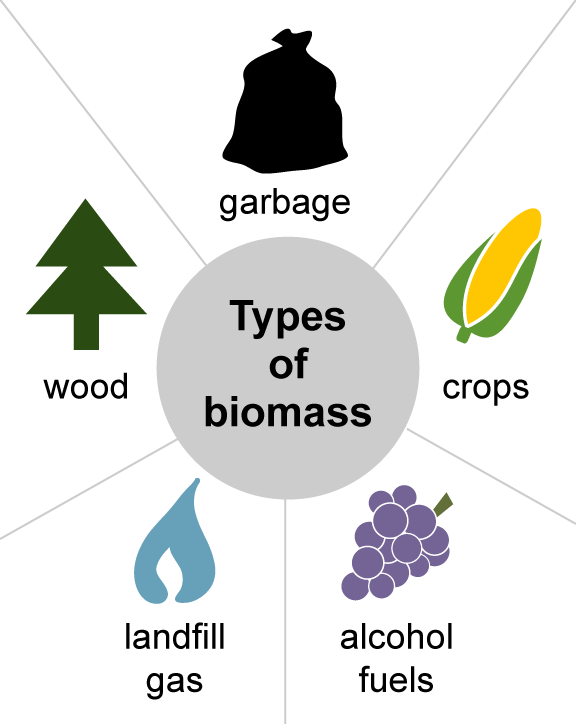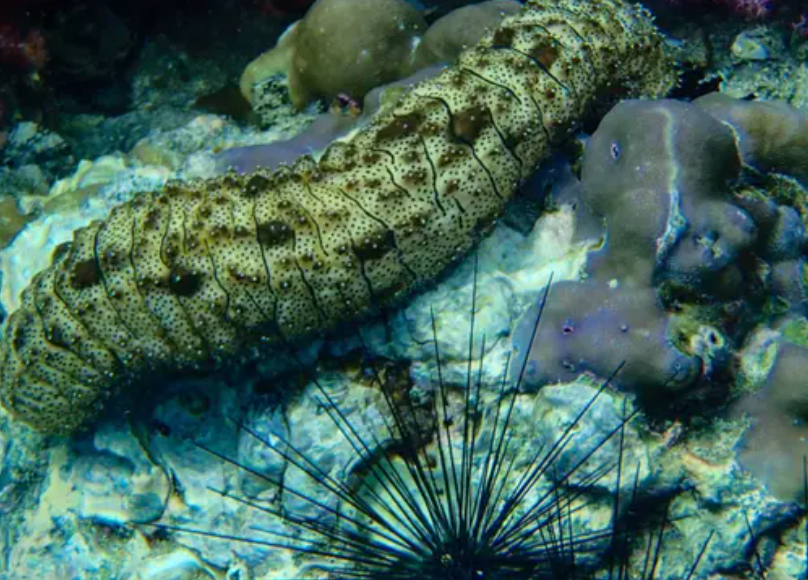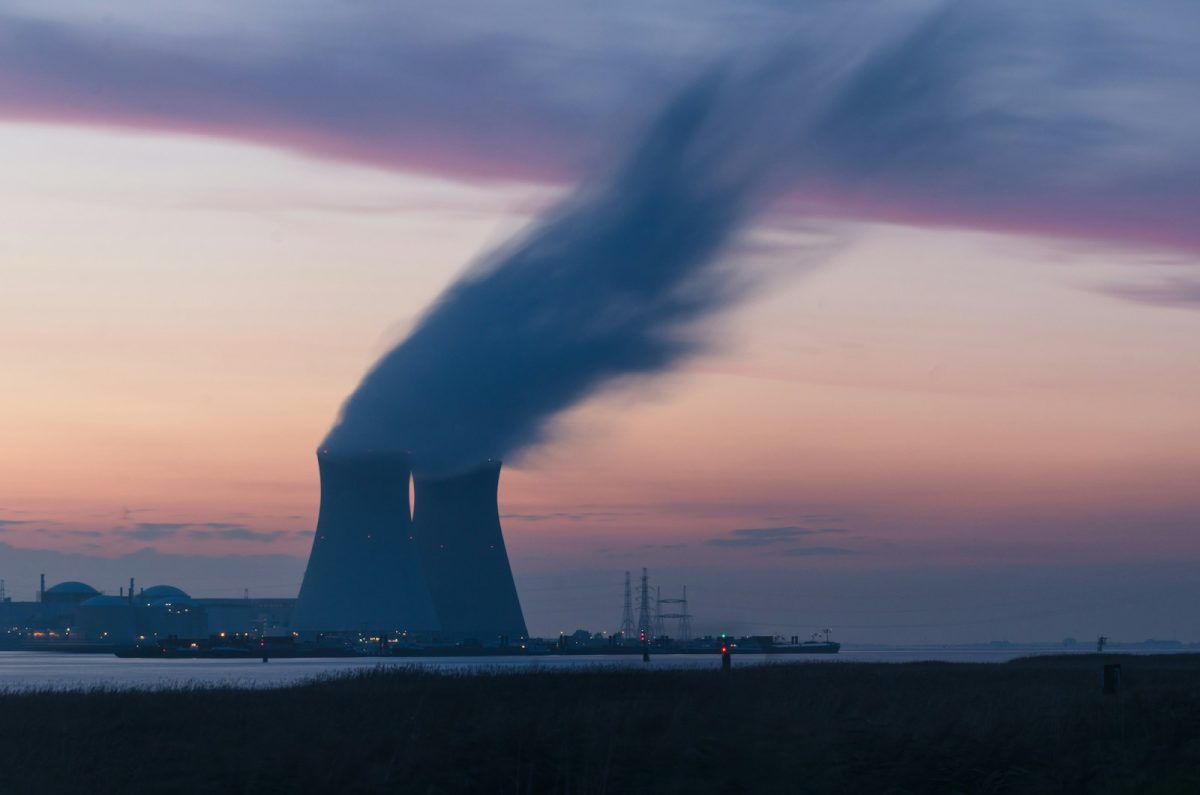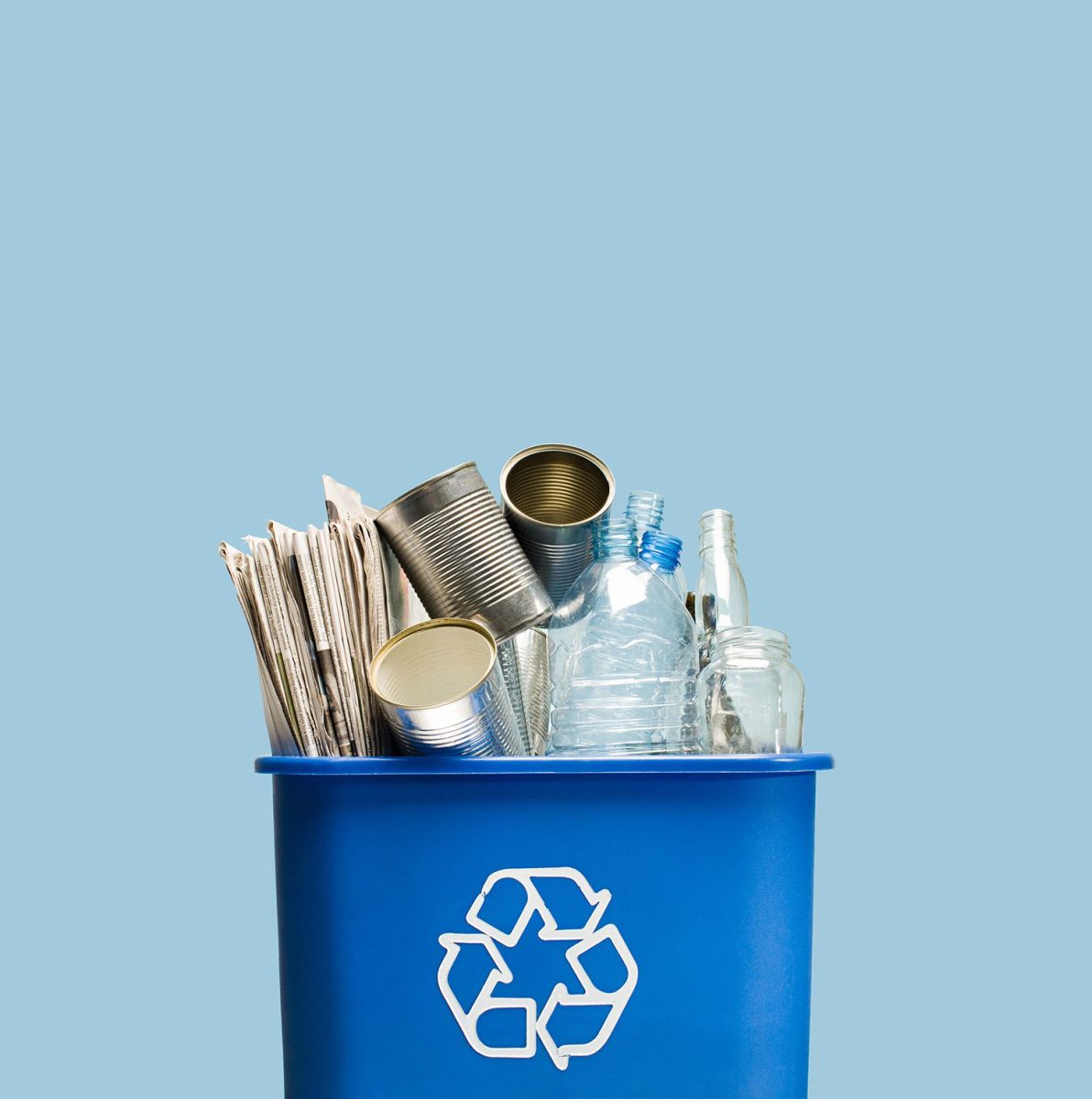Introduction of how waste is engineered into energy
Turning waste into power would be converting waste into electricity and more, there are different methods of turning waste into power/heat like incineration, pyrolysis, gasification, steaming, and anaerobic digestion. This energy from garbage then can be used to power homes, businesses, and even vehicles.
The methods explained to convert waste to energy
As mentioned in the last paragraph and by 3 different sources in related stories, the different methods to turn waste into power are incineration, pyrolysis, gasification, and anaerobic digestion. Let’s start off with Incineration, Incineration is basically burning something. Incineration would burn trash and turn it into heat for everyday life. Pyrolysis and gasification will heat and convert waste to synthetic gas which is used for fuel. Anaerobic gas breaks down or digests organic waste into biogas which is later used for heating or electricity. Steaming would basically steam-pressure the trash into an electric generator turbine.
Benefits of converting waste to renewable sources
There are many benefits of using waste to make renewable sources of energy as said by WinnoEnergy which includes lesser waste at landfills, decreasing greenhouse gas emissions, less contamination of important resources, and even money savings.
Sweden is using energy from waste
According to the NY times, Sweden is using energy from waste to heat homes, power buses, and it fuels taxi fleets. Klas Gustafsson, the vice president of the renewable energy industry, has said “We use the energy content of waste as much as possible”. Sweden puts 5 tons of trash into a 10 story shaft with a claw into a boiler that is hotter than 1500 degrees Fahrenheit.
The seven-step process of Generating electricity from waste
Generating energy from waste is an interesting 7-step process according to ela.gov in related stories.
The seven step process according to ela.gov
- Waste is thrown into a garbage trucks’ waste pit
- A giant claw will pick up the waste and will dump it into a combustion chamber
- The waste(fuel) is burned and will release heat
- The heat turns the water into a steam in a boiler
- The high-pressure steam turns the blades of a turbine generator to produce electricity
- An air pollution control system will remove pollutants from the combustion gas before the gas will be released through a smoke stack.
- Ash gets collected from both the air pollution control system and the boiler.
You might be wondering, why does waste to energy matter?
Waste-to-energy matters according to homebiogas in the related stores because it prevents debris buildup in landfills and it also reduces greenhouse gas emissions. Landfills have a disastrous impact on the environment like disrupting the landscape, emitting greenhouse gas emissions, and contributing to climate change. Any river or water source is contaminated if they are in a landfill, this also goes for soil.
Conclusion
Waste-to-Energy will probably be a very good idea for recycling trash into renewable energy because trash is a current problem in the world, especially with the landfills taking up space that could be used for more important uses with the converted renewable energy.
Related Stories:
https://winnoenergy.com/waste-to-energy-turning-trash-into-power/
https://www.eia.gov/energyexplained/biomass/waste-to-energy-in-depth.php
https://www.homebiogas.com/blog/turning-waste-into-energy/
https://www.nytimes.com/2018/09/21/climate/sweden-garbage-used-for-fuel.html
https://missionsustainability.org/blog/producing-green-energy-through-waste/
Take Action:
Here is how you could do it at home!
Source: Adapted from The National Energy Education Project (public domain)sustainablelivingassociation.org/8-ways-people-are-turning-waste-into-energy/






